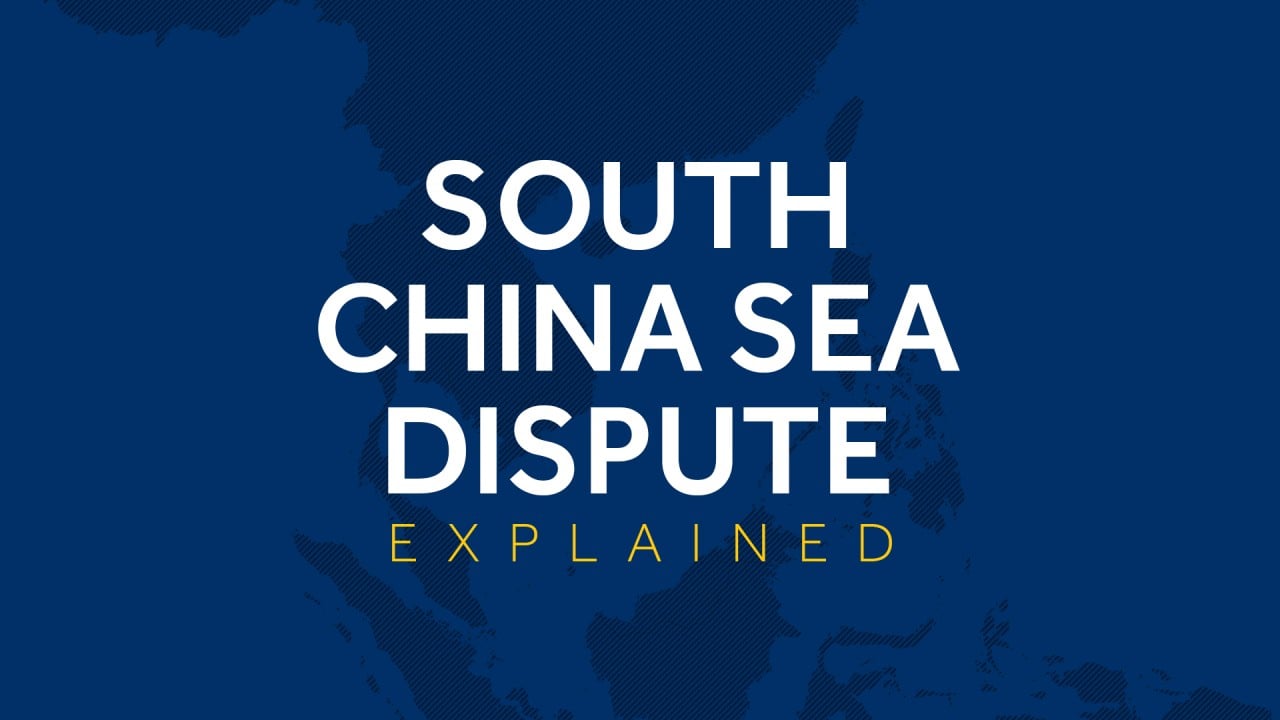
Beijing fills satellite gaps for close eye on disputed South China Sea
- Space programme contractor CASC’s annual blue book reports that remote sensing was enhanced in 2022 of all its claimed islands and waters
- Monitoring has also been improved over the Diaoyu Islands in the East China Sea, which are also the subject to competing claims
“China has formed the capability of remotely sensing all the seas and islands under administration,” said the book, which was published on Wednesday.
The enhanced satellite programme provides important data for the administration and management of the waters and islands, as well as “islands of special purposes” – which China uses as territorial sea bases – the book said.
The CASC also reported that its series of satellites now forms a continuous high-frequency observation capability with global coverage. This has been effectively applied in sea and island management, as well as investigation and supervision of marine natural resources, it said.
Chinese satellites are also being used to observe ocean dynamics, its changing colours and activities, to monitor and forecast the marine environment and ecology, the blue book said.
In recent years Beijing has significantly stepped up its control of the South China Sea, which is the subject of numerous territorial disputes among countries in the region.
China’s claims – represented by a nine-dash line which includes most of the strategic waterway – have made the region a potential hotspot, with the US frequently sending warships on “freedom of navigation” exercises to challenge them.
The uninhabited Diaoyu Islands northeast of Taiwan are administered by Japan – which calls them the Senkaku – and also claimed by China. They have been a source of tension between Beijing and Tokyo in the past decade.
Scarborough Shoal – two rocks surrounded by coral – is claimed by China and the Philippines.
After a naval stand-off between the two in 2012, China took control of the shoal which, combined with the neighbouring submerged Macclesfield Bank, is called the Zhongsha Islands by the Chinese.
The Paracels is a group of natural islands in the western part of the South China Sea. In 1974, China defeated South Vietnam in a brief war to occupy what it calls the Xisha Islands, and has been in control ever since. Hanoi continues to claim them.
The Spratlys represent the most complicated dispute in the South China Sea, with overlapping claims from China, Vietnam, the Philippines, Malaysia, Brunei and Taiwan, with each occupying some of its isles and reefs.
There have been frequent contests – over territory delimitations and fishing rights, as well as oil and gas development – which sometimes flare into diplomatic quarrels and even military confrontation.


